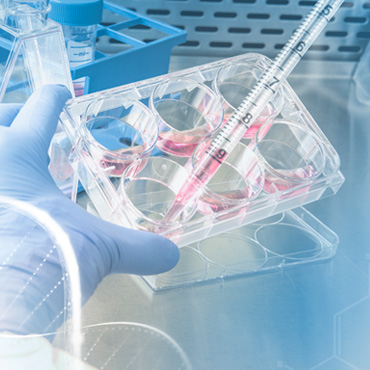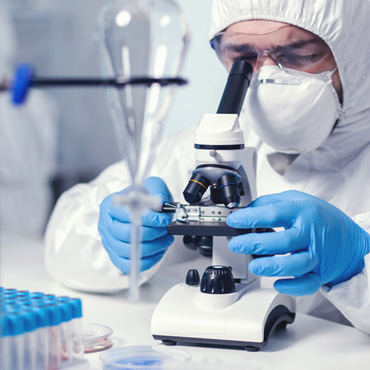a) Anti-Aging Therapies: The use of stem cells to stimulate the production of collagen and elastin, which naturally decrease with age. This leads to smoother, more youthful-looking skin.
b) Cell-based lip fillers: In place of current lip fillers, stem cells used to stimulate the growth of natural tissue, leading to a more natural-looking result.
c) Fat grafting: Fat-derived stem cells are used to enhance the longevity and outcomes of fat grafting procedures..
d) Wound healing and scar reduction: How stem cells aid in wound healing and minimize scarring. This is particularly relevant in the context of surgical procedures, such as facelifts or other cosmetic surgeries.
Potential future treatments (as of 2023) may include:
Whole skin regeneration: researchers are exploring the possibility of using stem cells to regenerate whole layers of skin, which could be used for a variety of aesthetic and cosmetic procedures.
Breast Reconstruction: In cases of mastectomy due to breast cancer, stem cells are being explored to assist in reconstructing the breast tissue. Stem cell facelifts: Rather than traditional facelifts, which involve surgical intervention, stem cell facelifts would aim to use these cells to stimulate the natural regeneration of skin cells.
Hair restoration: Stem cells are being studied as a potential treatment for hair loss. The idea is to use these cells to stimulate the growth of new hair follicles or to rejuvenate existing ones.
In terms of Specific Skin Disorders, stem cell treatments are currently being investigated for:
Platelet-Rich Plasma (PRP) Therapy
PRP involves injecting a person's own plasma (enriched with platelets) into the skin. This stimulates the production of collagen and elastin, which can lead to improved skin tone and texture.
Stem Cell Serums and Topicals
Some skincare companies have started using plant stem cells in their products. While these don't interact with our own skin cells in the same way human stem cells would, some studies suggest they might have anti-aging benefits.
Rosacea and Other Inflammatory Skin Diseases
research has been conducted to see if the anti-inflammatory properties of certain types of stem cells could be beneficial for conditions like rosacea..
Vitiligo
Preliminary research has been looking at the potential of stem cells to help regenerate melanocytes, the cells responsible for pigment in the skin, which could potentially help treat vitiligo.
Profund Scarring:
As stem cells have the potential to regenerate skin tissue, they're being studied for their effectiveness in reducing the appearance of scars.
While there's a great deal of promise in this area, as of my last update in Feb-2023, many of these treatments are still in the experimental stage. Always consult with a healthcare professional for the latest and most appropriate treatments for any given skin condition.




